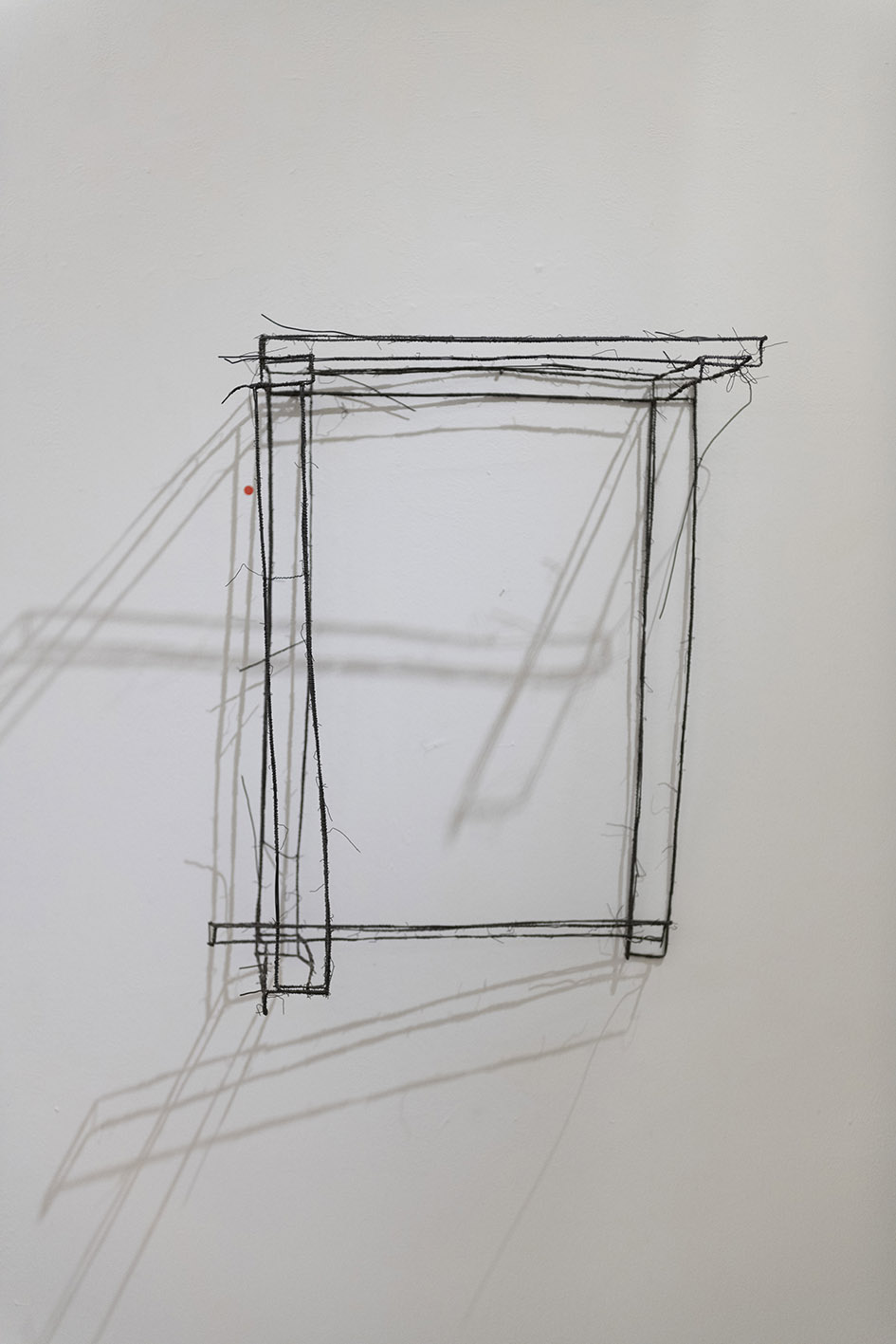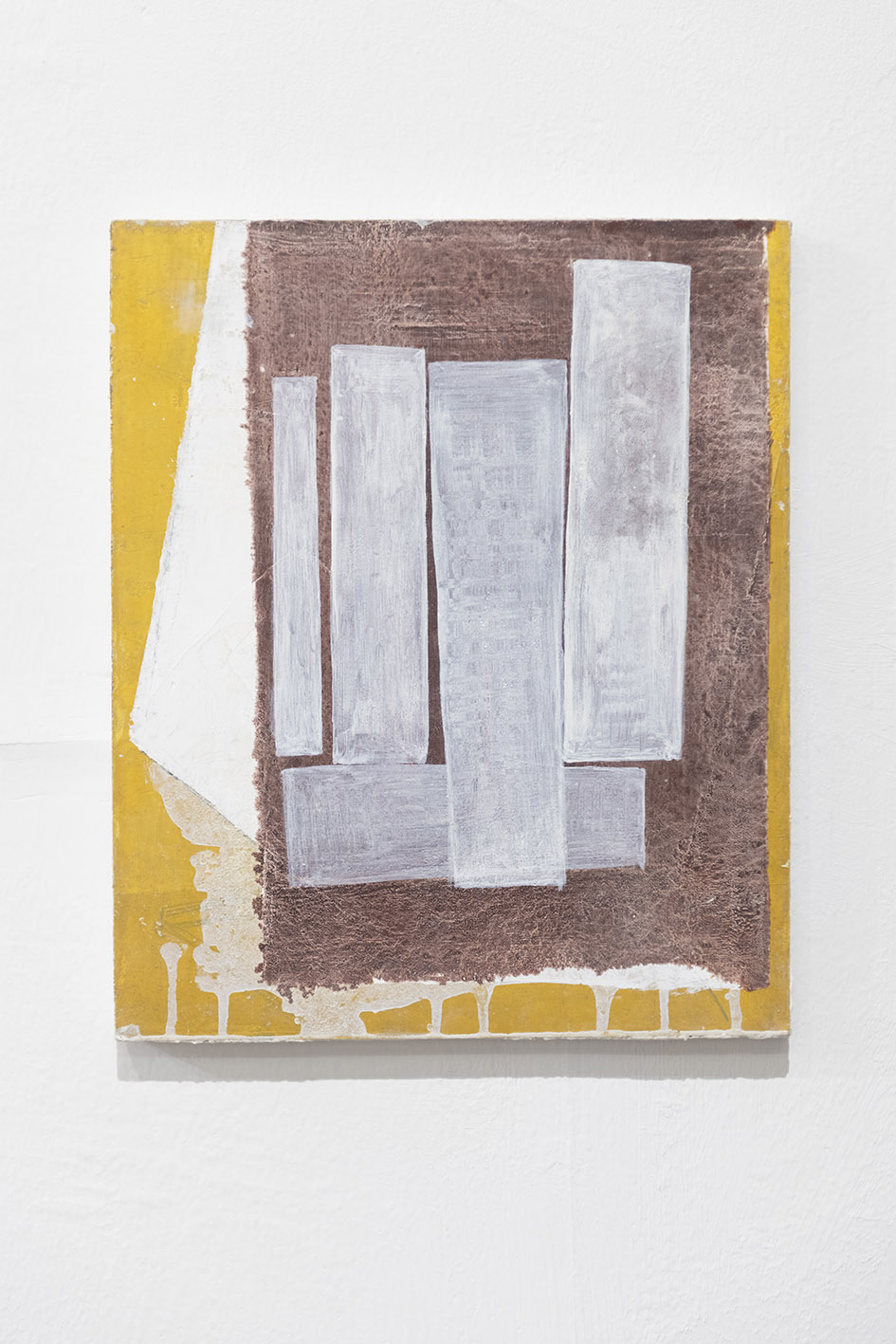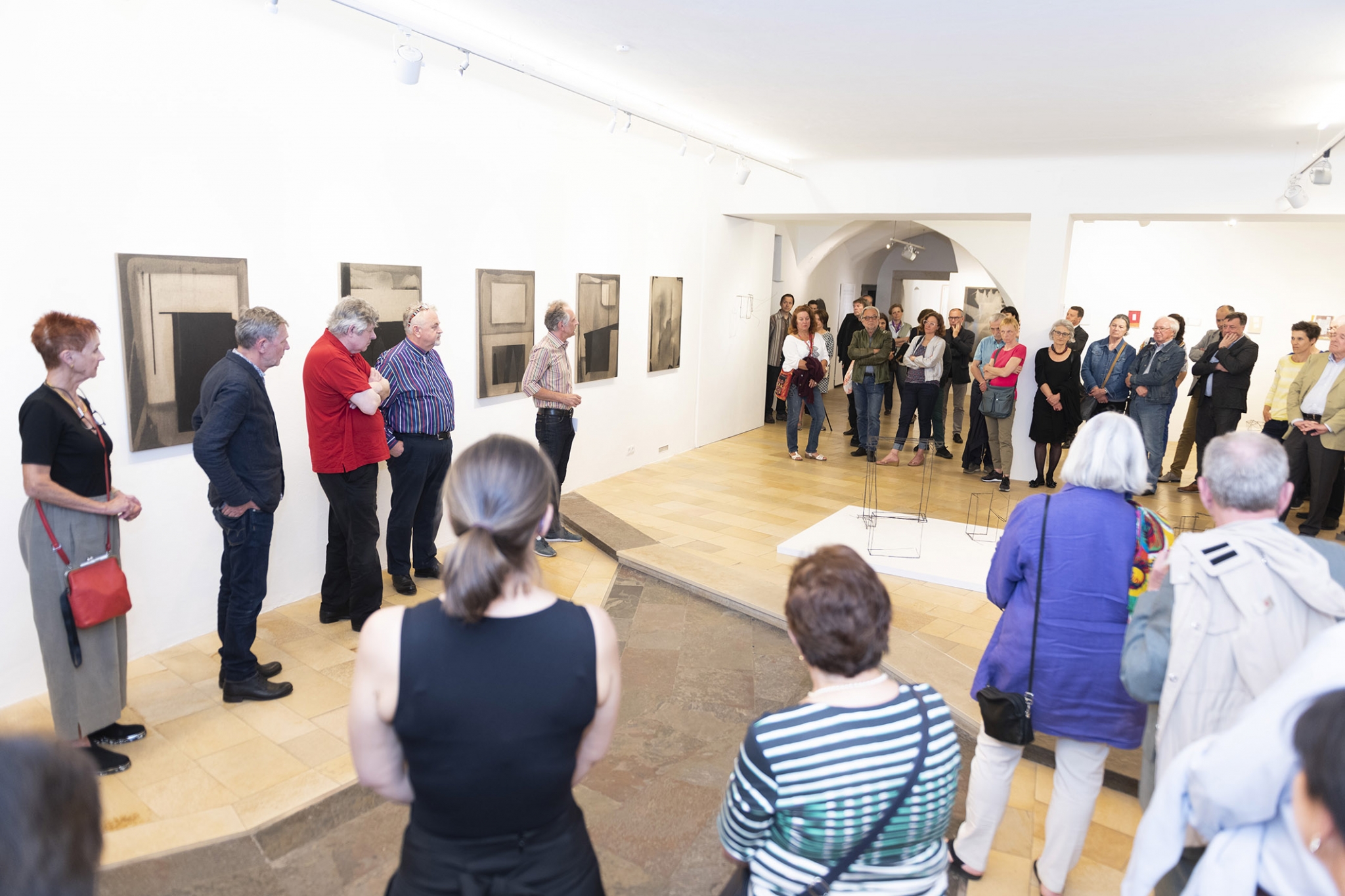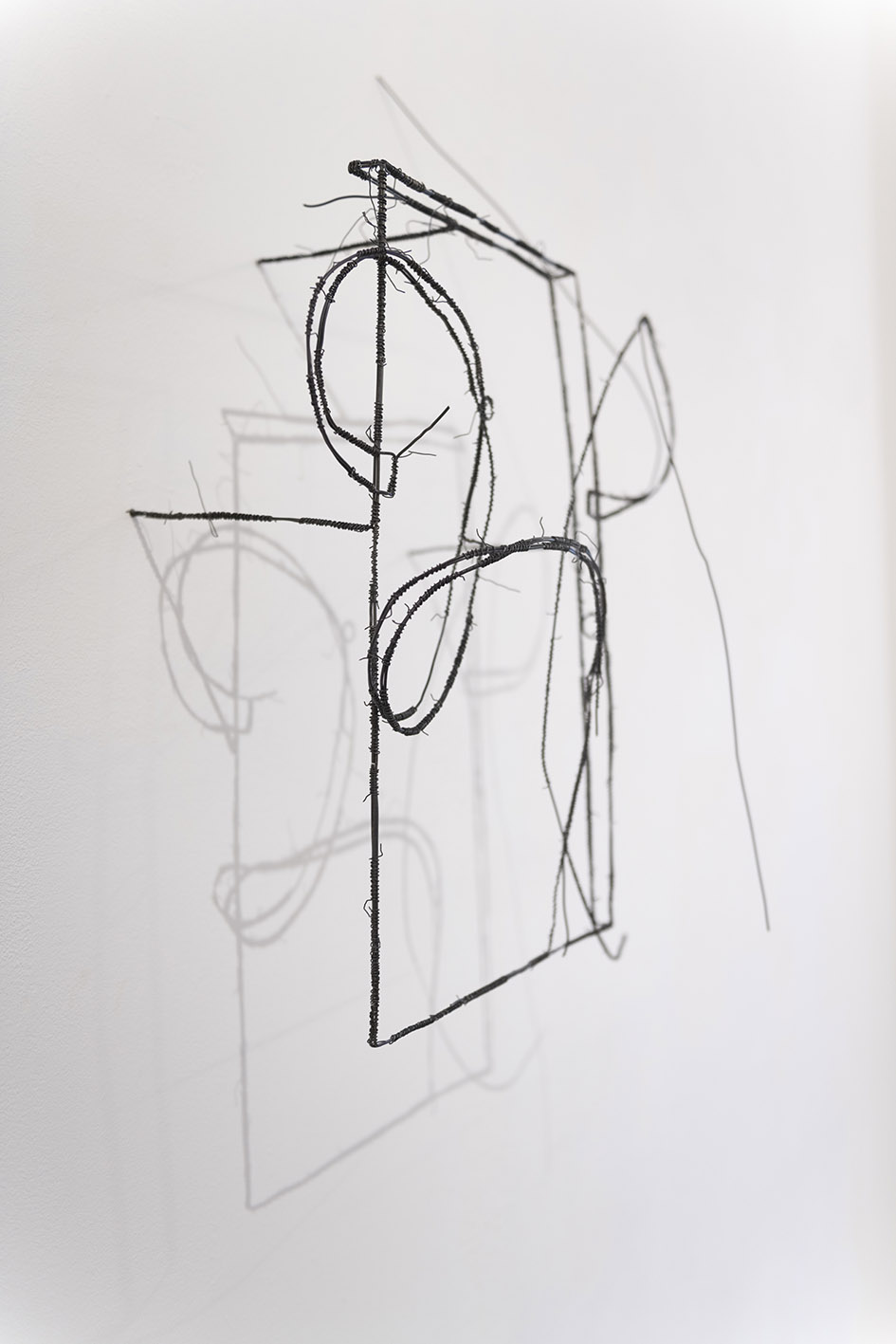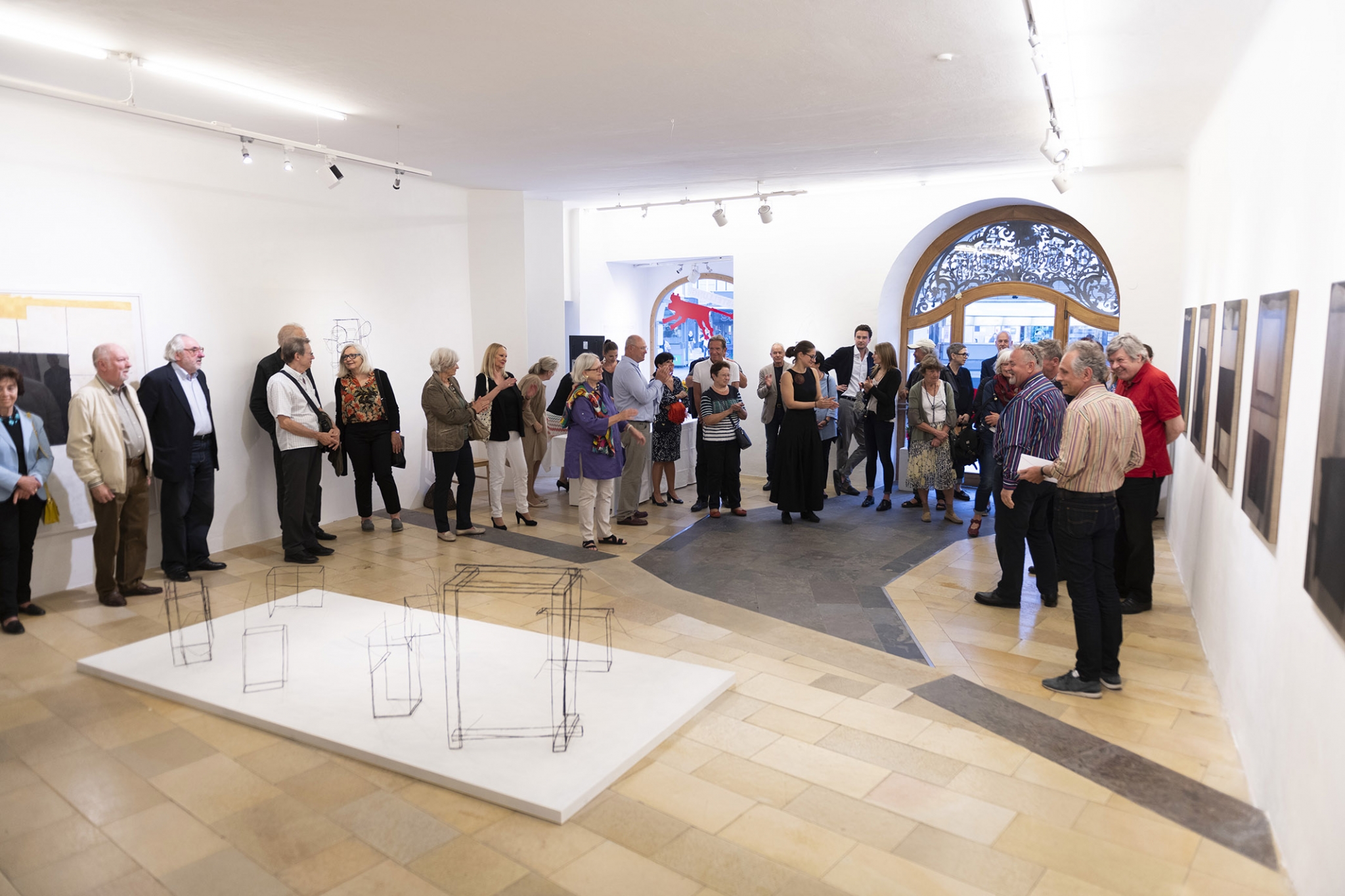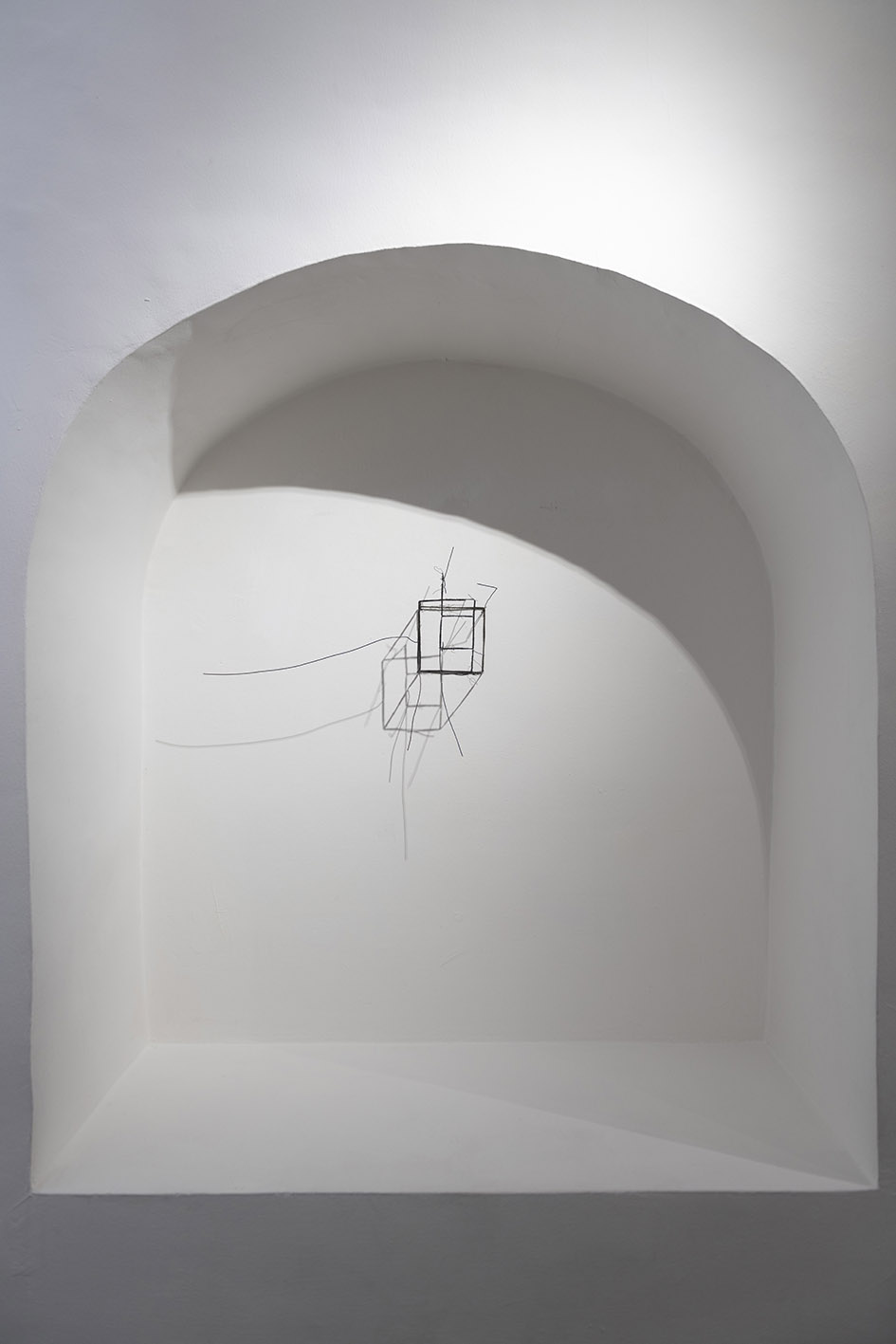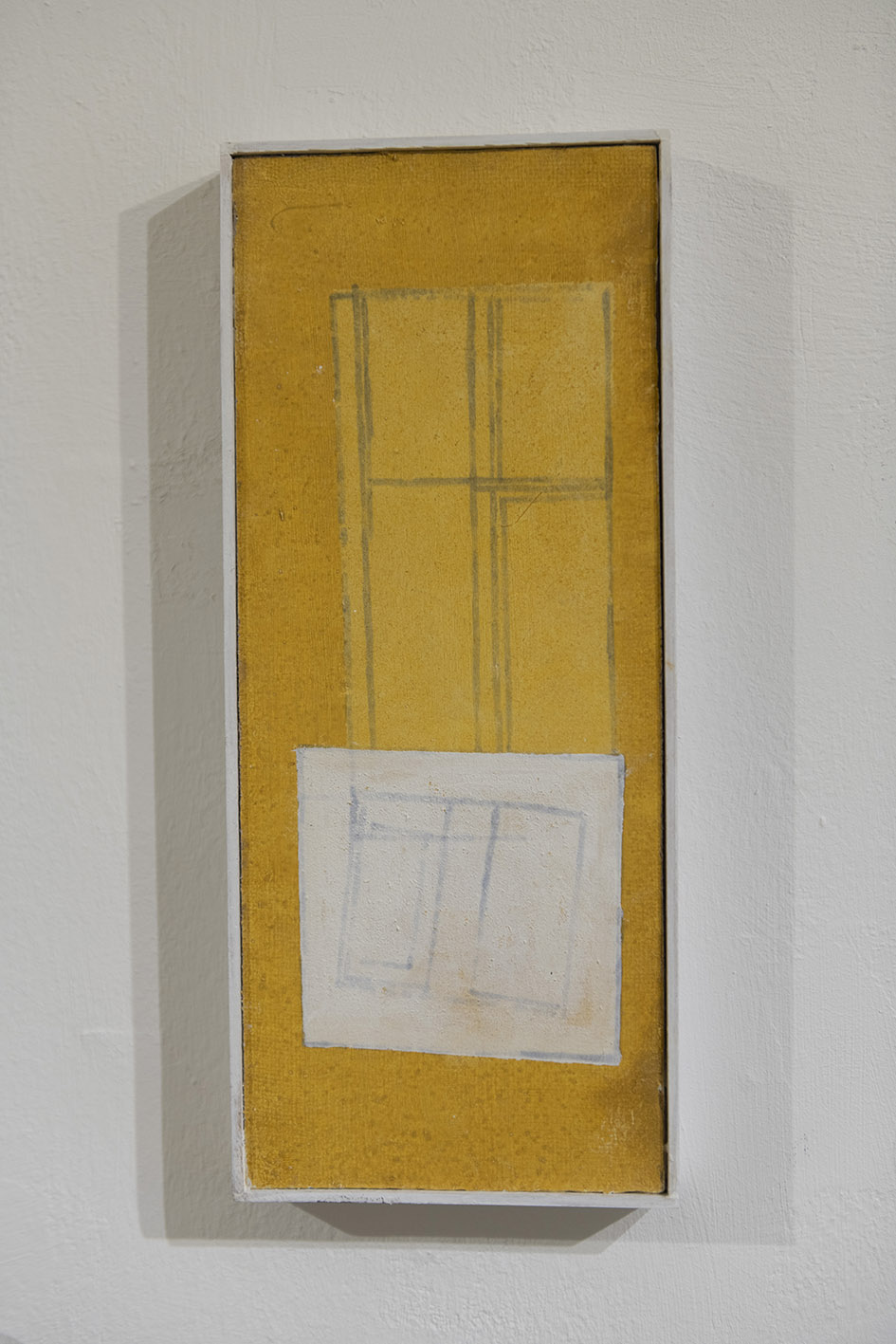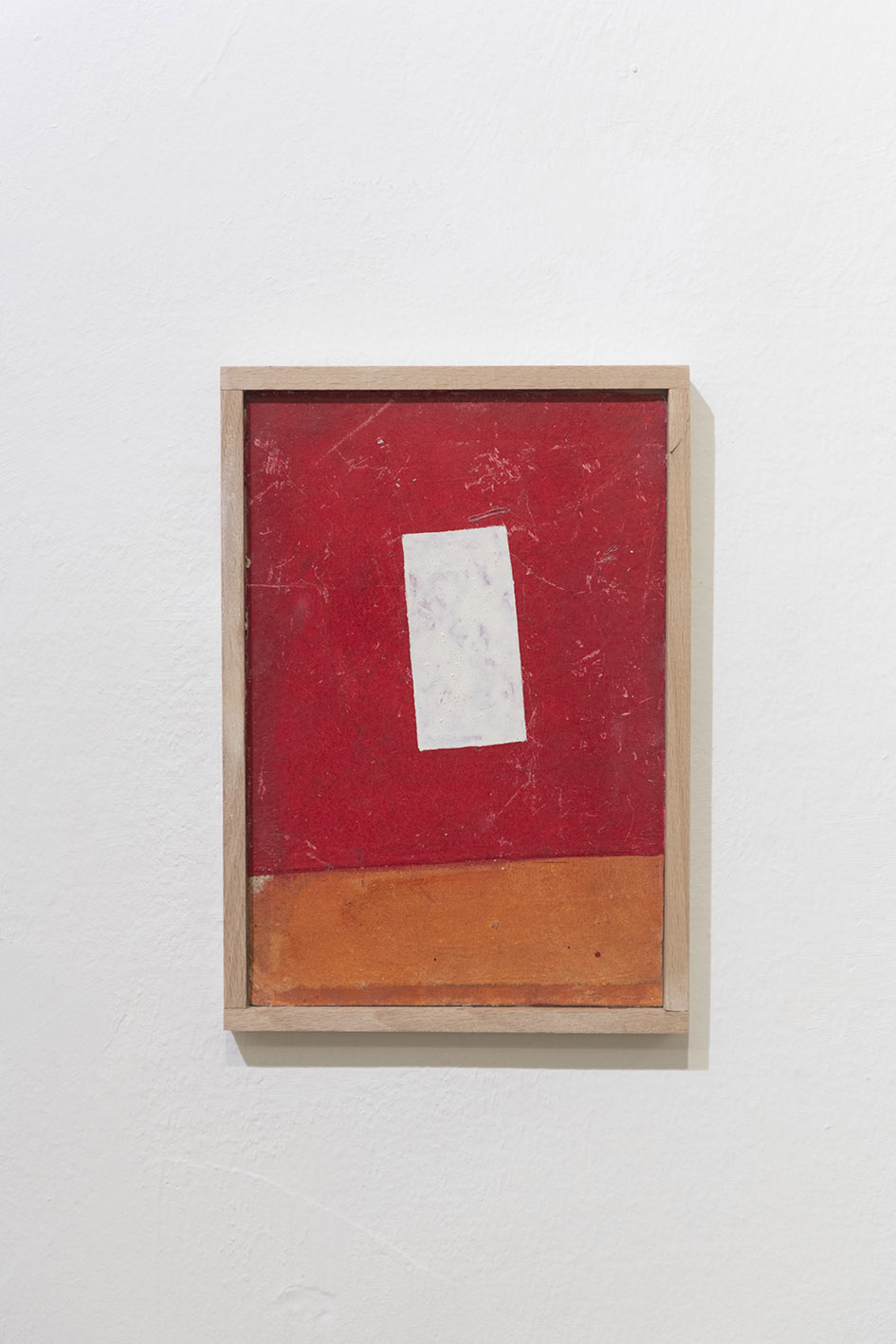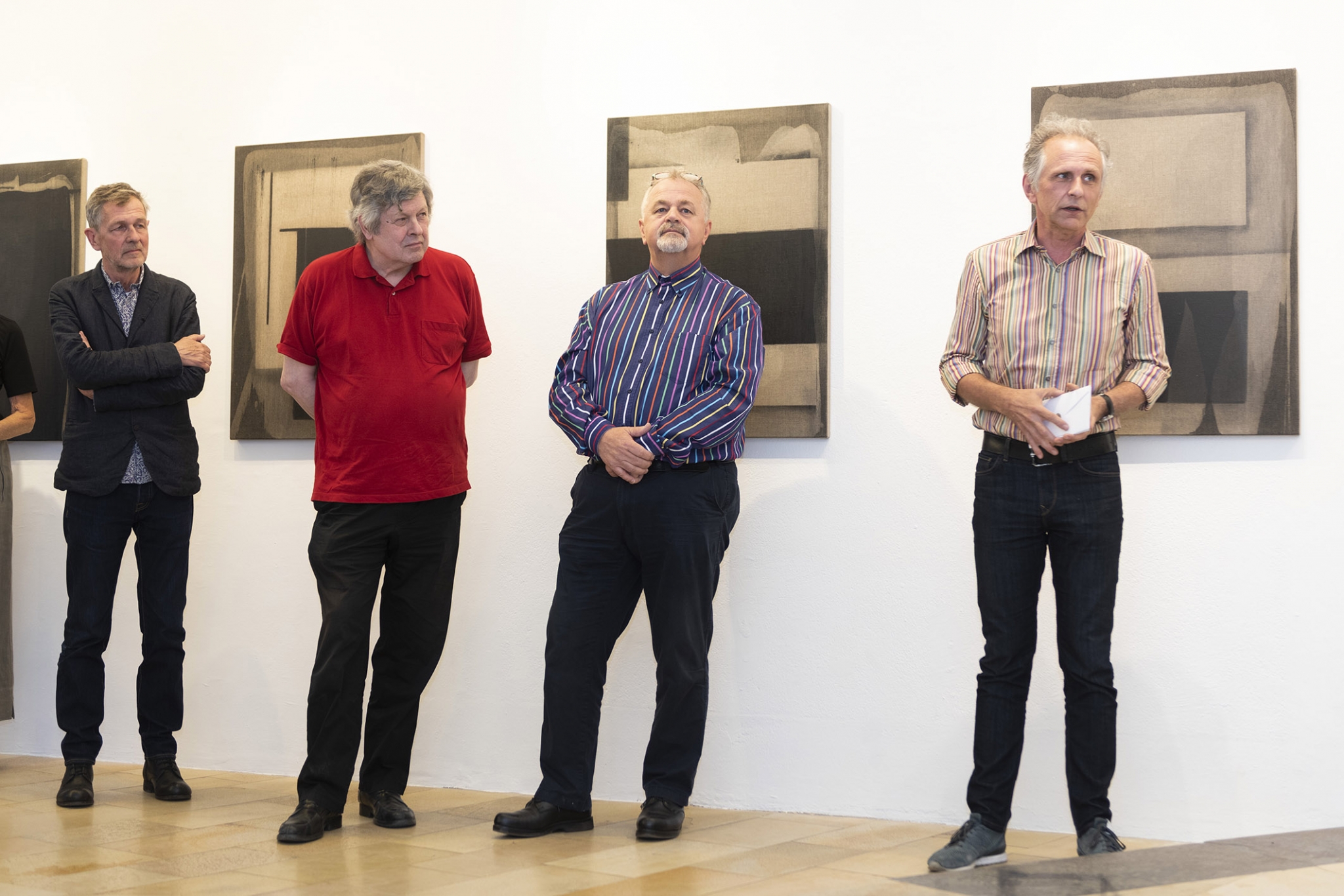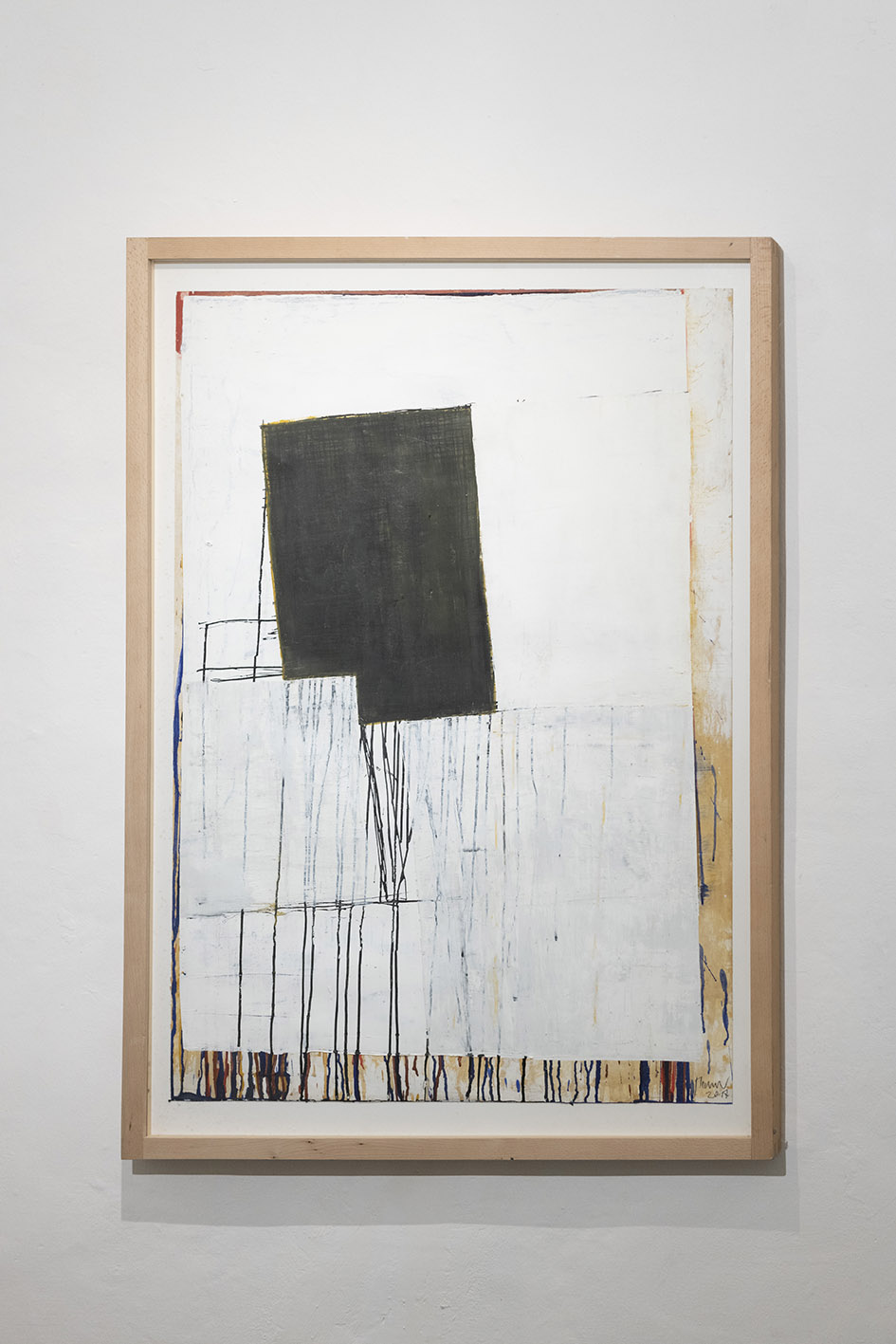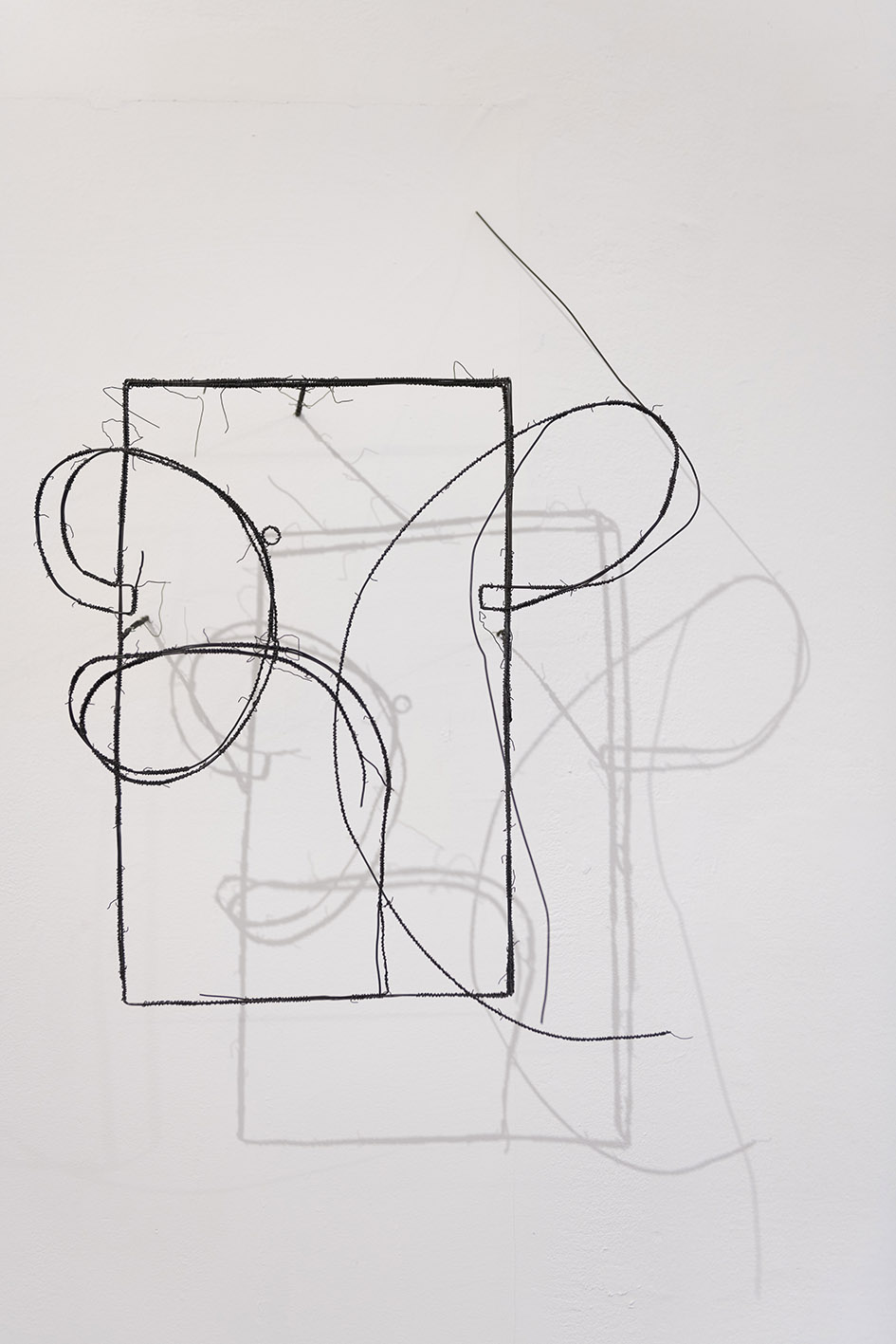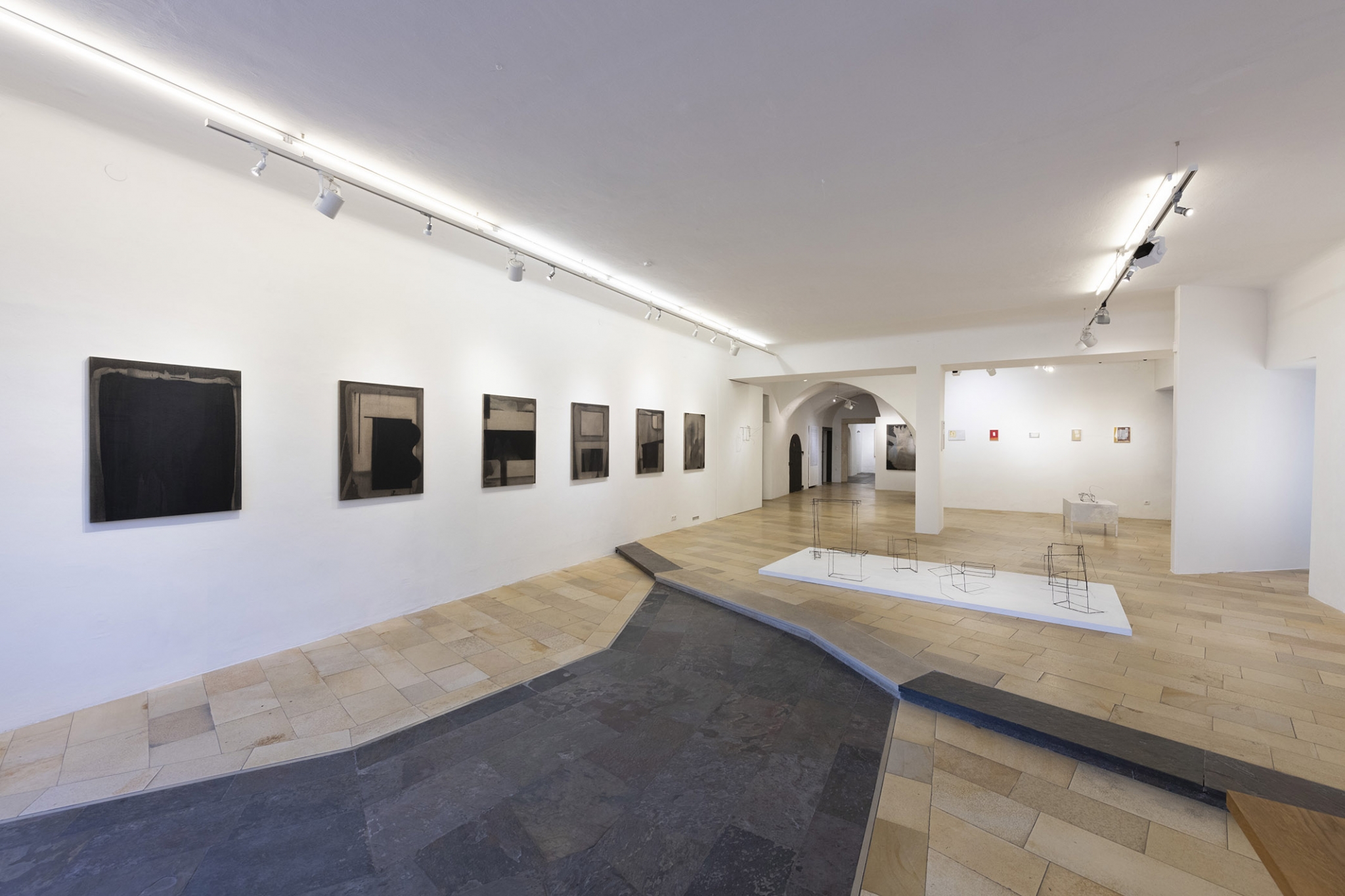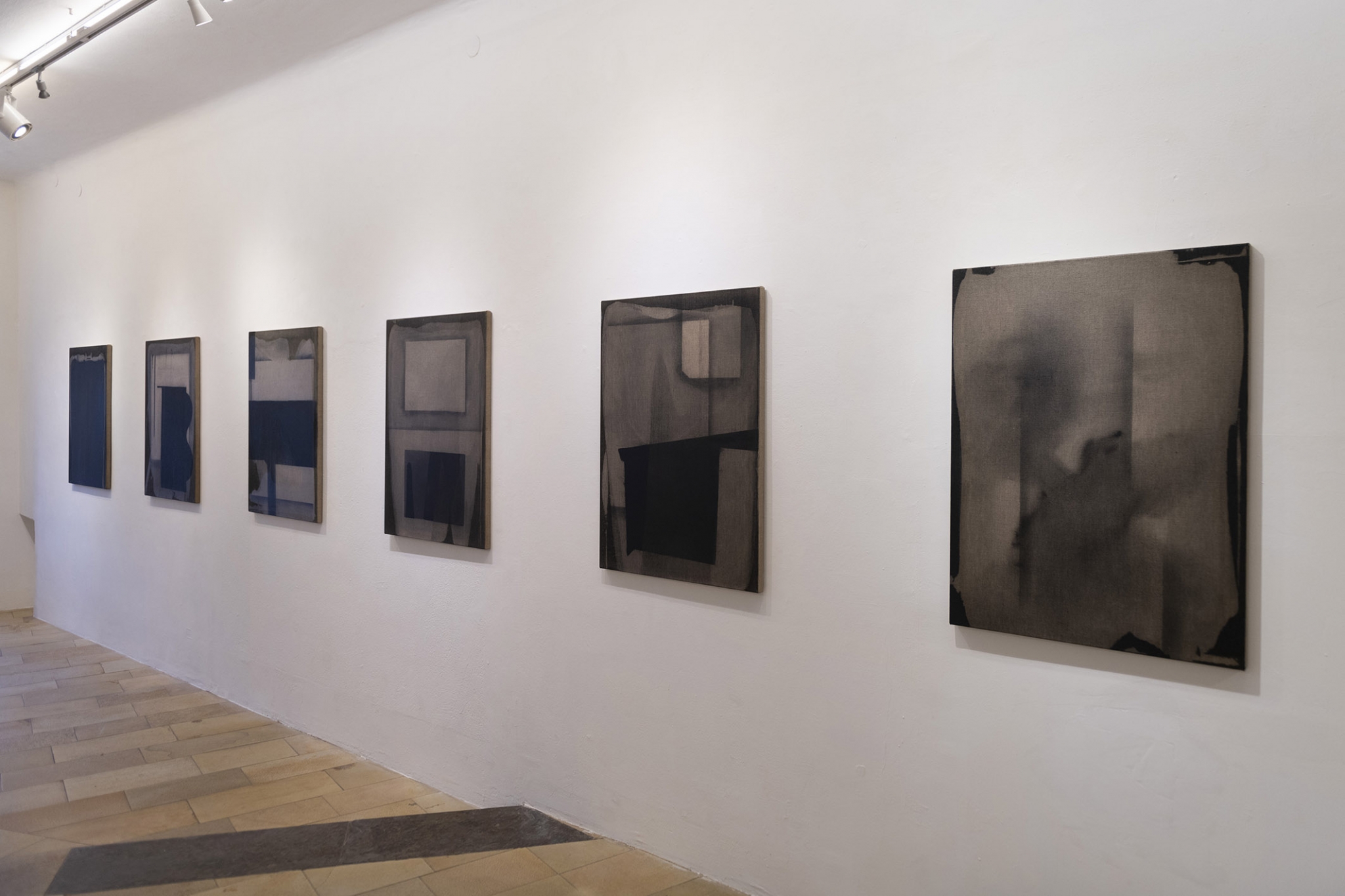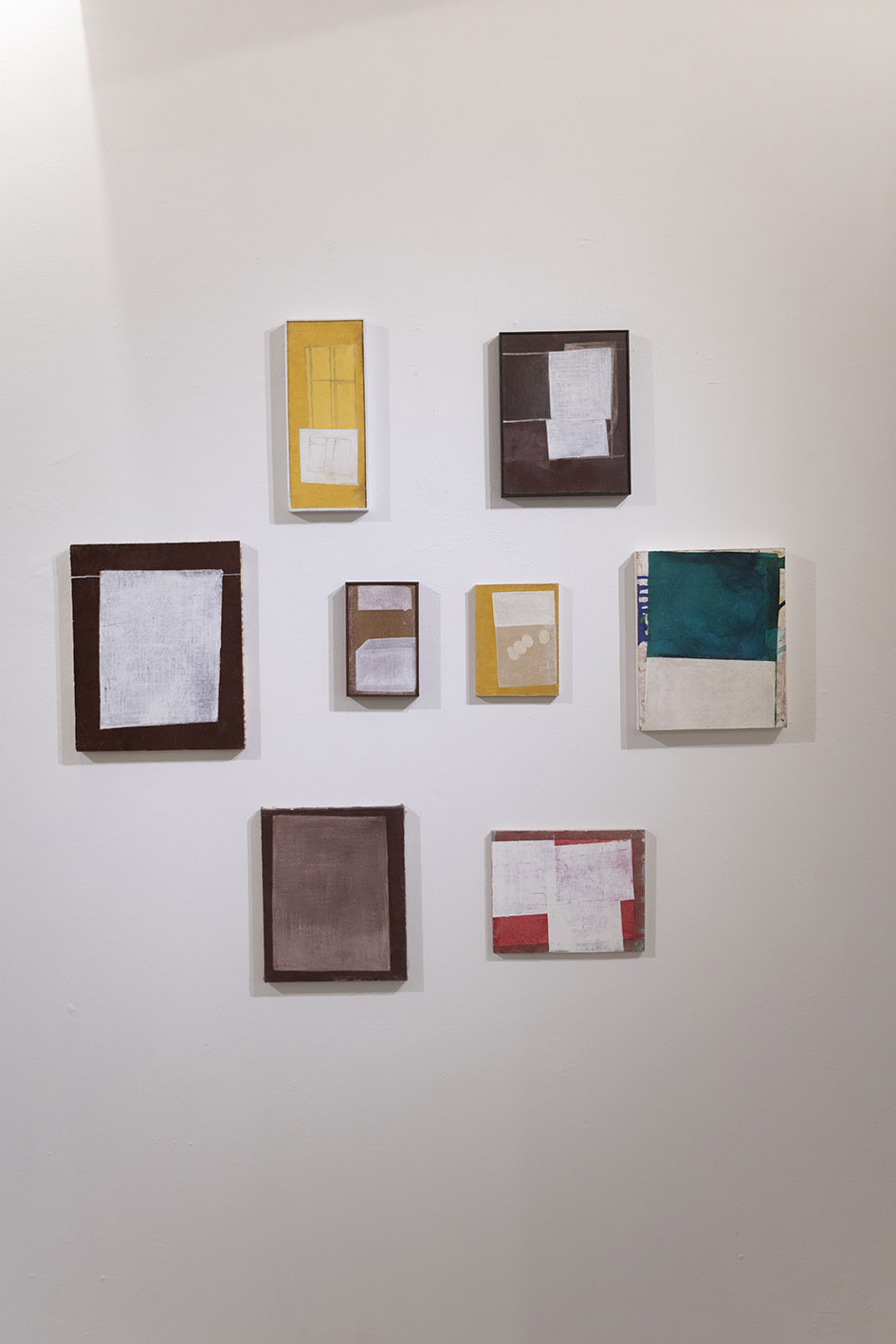Opening 3rd of May 2018, 7pm
Introduction Günther Holler-Schuster
The Reinisch Contemporary gallery explores two very well-known and well-established positions in Austrian contemporary art – this time, with painter Erwin Bohatsch and painter and sculptor Fritz Panzer. Here, and for the very first time, the two artists from two different generations have joined forces to develop an exhibition project based on the mutual appreciation that has emerged from their rediscovered artistic kinship.
The artistic developments of both Bohatsch and Panzer are defined by abstraction. Panzer, who has gone down opposite paths in his paintings and sculptures – on the one hand, from Art Informel to the subject, on the other from the subject into abstraction – also moves in intermediate areas within these works. His wire sculptures, which are intended as three-dimensional drawings in space, can almost be perceived as representational. But they have long been nothing other than mere memories of the specific. Objects and their functions are hinted at in the form of masks, boxes and cubic shapes. In his work process, however, the object “disappears” as it were and configures itself into a new formal quality. Although it carries the original idea in itself, other levels of meaning have also evolved which only leave behind cascading volumes from the forms of African masks, for example, and transform them into the abstract as it were.
Erwin Bohatsch, whose earliest artistic works emanated from his exotic conceptions of foreign cultures and which could also be quite representational, has since taken his vocabulary to radical extremes. It is not the real subject, which forms his point of departure, but a vocabulary of abstraction, which he has developed over a long period of time. Bohatsch’s paintings have moved in the interplay between opulence and uncompromising reduction ever since. In this regard, his application of paint is often rudimentary, incidental and makes the raw material of the canvas appear as a defining element of his design. The effect of the interaction between colour and material (the canvas) lends an archaic state to his paintings, which in turn atmospherically links them to his very earliest works from his ethnographic phase.
In both cases, Panzer’s and Bohatsch’s work processes become evident. Panzer’s wire sculptures assume the character of the half-finished; wires stick out, are twisted in different thicknesses, end abruptly and, as a result, underscore their closeness to drawings. Bohatsch, who mostly uses grey, black and a little blue here, makes his application of paint appear almost casual. In the interplay with Fritz Panzer’s works, those by Erwin Bohatsch also give rise to states of the unfinished, of the processual.
In this exhibition the two artistic positions seem to have found their way to each other, even though they are, fundamentally, completely independent: a contact for a brief moment, a fictitious proximity which has led to an actual, astonishing closeness.
Günther Holler-Schuster
